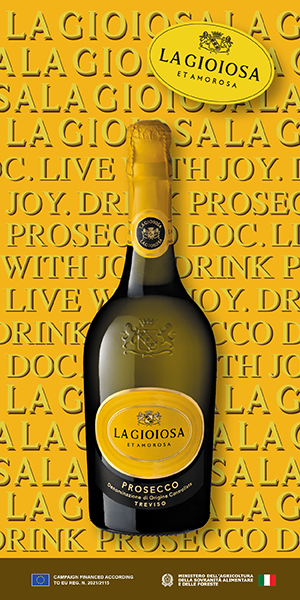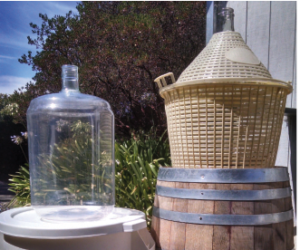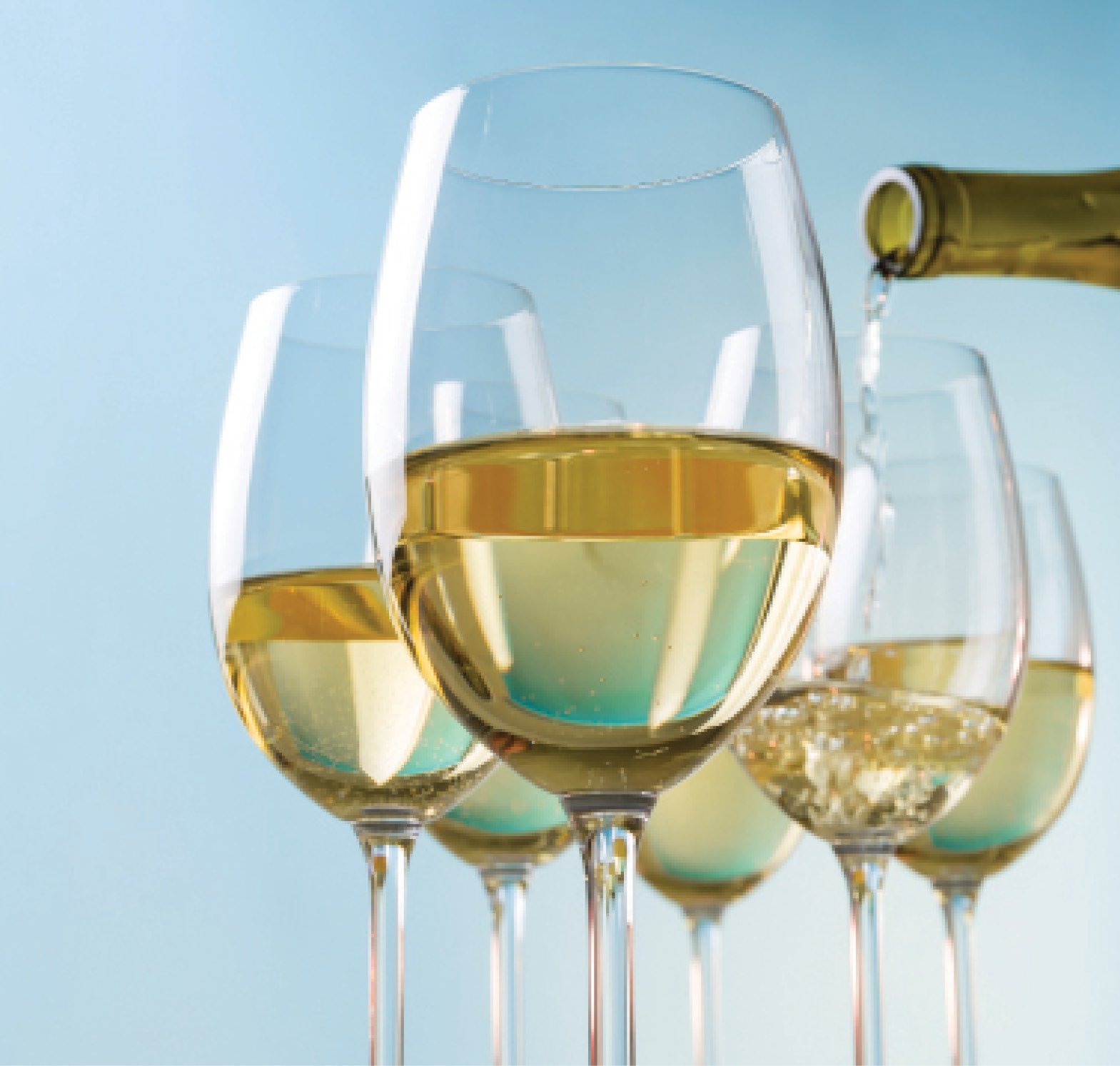Looking to try something new? How about making mead, also known as honey wine. Meads come in many different forms, from dry to sweet, with added fruit (melomel), malt (braggot), spices (metheglin) and so on. But to get a good foundation for your meadmaking, start at the beginning with traditional mead. Heed the advice from these award-winning pros and you’ll be on the right track.
 Meadmaker: Ken Schramm, Schramm’s Mead, Ferndale, Michigan
Meadmaker: Ken Schramm, Schramm’s Mead, Ferndale, Michigan
I like many different honeys for mead. The key element I look for is a really vibrant and attractive aromatic profile. There is a huge spectrum of floral aromatics — on the end I like are things like carnations, roses, and fruit blossoms. They are clear, pleasing, and smell like things you might want to put in your mouth. The spectrum gets less attractive as it goes through the less fruity, to vegetal, to earthy, and even to stuff like daisies that are nearly fecal. Citrus blossom or orange blossom has been a consistent honey that we can get in the quantities we need. We also use some wildflower, but we evaluate the lots before we buy them. Wildflower is a catch-all descriptor, and great care is required.
When choosing your own, taste a lot of honey and decide what you like. For traditionals, especially, I like honeys that really bring it, so to speak, aromatically and on the palate.
Mead is mostly made from water. Our municipal water in Detroit is very similar to the spring water we have access to, and the assay and the taste is right in the window we want so we don’t have to do any treatment. There are no real historical examples of meads from specific water profiles that determine whether or not you are “to style,” as there are in beers.
As far as nutrients go, we currently prefer a combination of DAP (diammonium phosphate) and Fermaid O. We use it in four additions, one every 24 hours, starting at the end of lag phase. We actually divide the total amount of nutrient I will use into five equal parts, and start with two for the first addition and one hereafter. We like to shoot for 180-225 ppm of free amino nitrogen (FAN) for meads that will hit 12% alcohol. I did not know about nutrient additions when I got started, and that change (even without staggering) turned my meads around dramatically.
Yeast choice is dependent on which characteristics I want to accentuate in the honey, and what I would like to see as a finishing alcohol level. We like Lalvin 71B-1122, ICV D-254, and the Chico strain (yes, we do use ale yeasts). We have also used and enjoyed Steinberger and other Riesling strains.
We don’t use potassium sorbate due to distributor restrictions, but as a home meadmaker you don’t have that restriction if you make a mead that comes out drier than you’d like. Using a 5-gallon (19-L) batch as an example, at bottling, I would pull off four cups of the mead into a sanitized eight cup measuring cup, and add 1 pound (0.45 kg) of honey at a time, stir thoroughly, and mix that back into the whole batch, re-taste, and repeat until I got to the level I wanted.
I like to get off the initial fermentation lees in about 28 days. I’ll make a decision about whether to rack again once I see how much sediment is thrown in secondary. I have done some again in another month, and I have let some go a year or longer.
The investment in time and effort to actually make your mead can be much less than in making wine, but you need to take that time and use it to find the best possible ingredients you can find — honey, fruit, spices, whatever. What our grandparents said is true: You can’t make a silk purse out of a sow’s ear. Quality in, quality out.
 Meadmaker: Michael Fairbrother, Moonlight Meadery, Londonderry, New Hampshire
Meadmaker: Michael Fairbrother, Moonlight Meadery, Londonderry, New Hampshire
For my meads I prefer the lighter colored honeys like orange blossom and star thistle over darker honeys, which have a stronger flavor that can be a bit off putting. The key is to taste the honey and make sure it’s something you like.
The minimum requirements to make mead are a 6-gallon (23-L) food-grade fermenter, 15 lbs. (6.8 kg) of honey, water, nutrients, yeast, and sanitizer. As with brewing beer, the yeast you use will make all the difference to the mead you make. My go-to yeast for meadmaking is Lalvin 71B-1122 dry yeast. I use it commercially for everything we make. As a home meadmaker I have also had good success with Lalvin 47D as well. White Labs and Wyeast also have many good choices of mead yeast.
When it comes to hitting the desired sweetness of a mead my preference is to make the mead bigger than the yeast can handle and fermenting to the desired sweetness level before stabilizing the mead. To do this I will have a mead that starts out with a gravity greater than 1.120 and then we stabilize after primary fermentation has completed.
For a 5-gallon (19-L) batch of mead, do the following: In a small drinking glass add about 1⁄2 cup of good-tasting water. Add 1⁄4 teaspoon of potassium metabisulfite and 33⁄4 teaspoons of potassium sorbate (also called Sorbistat-K) into that water; stir until fully dissolved. Gently add this water/liquid into your 5 gallons (19 L) of mead and stir gently for about a minute. Re-seal the fermenter and let the mead sit undisturbed for 12 hours.
Excellent mead can be ready in weeks, however I tend to age my meads with a minimal bulk storage time of 3 months to assist in the natural clarifying of the meads.
 Meadmaker: Ken Schramm, Schramm’s Mead, Ferndale, Michigan
Meadmaker: Ken Schramm, Schramm’s Mead, Ferndale, Michigan

 Meadmaker: Michael Fairbrother, Moonlight Meadery, Londonderry, New Hampshire
Meadmaker: Michael Fairbrother, Moonlight Meadery, Londonderry, New Hampshire




